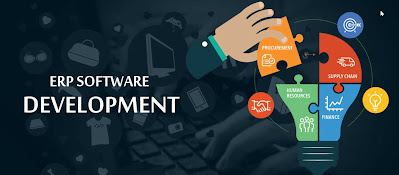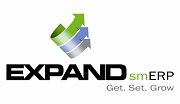
Despite having a sturdy infrastructure, there are many organizations which face database, software and hardware downtime which lead to shorter periods of shutting down to longer days of non-functionality. What exactly is a downtime period? It is basically an ‘unplanned event which stops production caused by either by human error or machine dysfunction”. System outages are common, but can your company afford this downtime? Here are 5 preventive measures to downtime that companies can follow.
Calculate the expenses of downtime
For any manufacturing unit, the biggest mistake would be not to calculate the ‘real’ expenses of downtime. The calculation should include loss in the production of actual goods, loss in productivity, and the number of man hours which needs to be further devoted to rescheduling. Not to forget the unexpected expenses of repairing equipments and the time which needs to be devoted to satisfy the customers. But the most fatal of these expenses would be reputation damage.
Go for a risk audit
The most effective way to reduce downtime is to go for a risk audit. According to statistics it has been proven that obsolete machines and equipments used by the manufacturers can stall operations leading to sudden downtime. For most outdated or old machines, parts are not available or take weeks to deliver. Think about your support network and get a thorough idea about the availability of the spare parts. A risk audit will ensure that problems are highlighted and you come up with solutions which can help you when you go down.
Prepare your data and reporting systems
Many manufacturers have manual methods of data collation and data management. When you evaluate your current data collection system, do they pinpoint to the macro causes of downtime? A vague report on a non-functional machine is not enough. What you need is real-time access to the entire operational data. Expand smERP is one integrated software which resolves this issue immediately. Once the IT and operational systems are integrated, it helps the manufacturer to know the exact moment when a machine breaks down. Once the cause of downtime is known, it helps in faster and accurate responses.
Updating your documentation
Update all documentation on your equipments like machine history and procedure and up-to-date drawings of an equipment which can be used as easy reference in case of an error. Proper documentation is the key to address unplanned downtime. When the operators have the right information, it becomes easier for them to address the issues. Working without context never helps. You need an integrated software like ExpandERP to show people how proper documentation can improve overall performance of an unit.
Adopt a proactive method
Proactive thinking will allow you to adopt new habits and systems which will stop problems even before they occur. Expand smERP is one such example of proactive thinking. The idea is to automate your processes and maximize the value of those processes leading to increase in operational value. To know more, you can click on Expand smERP





